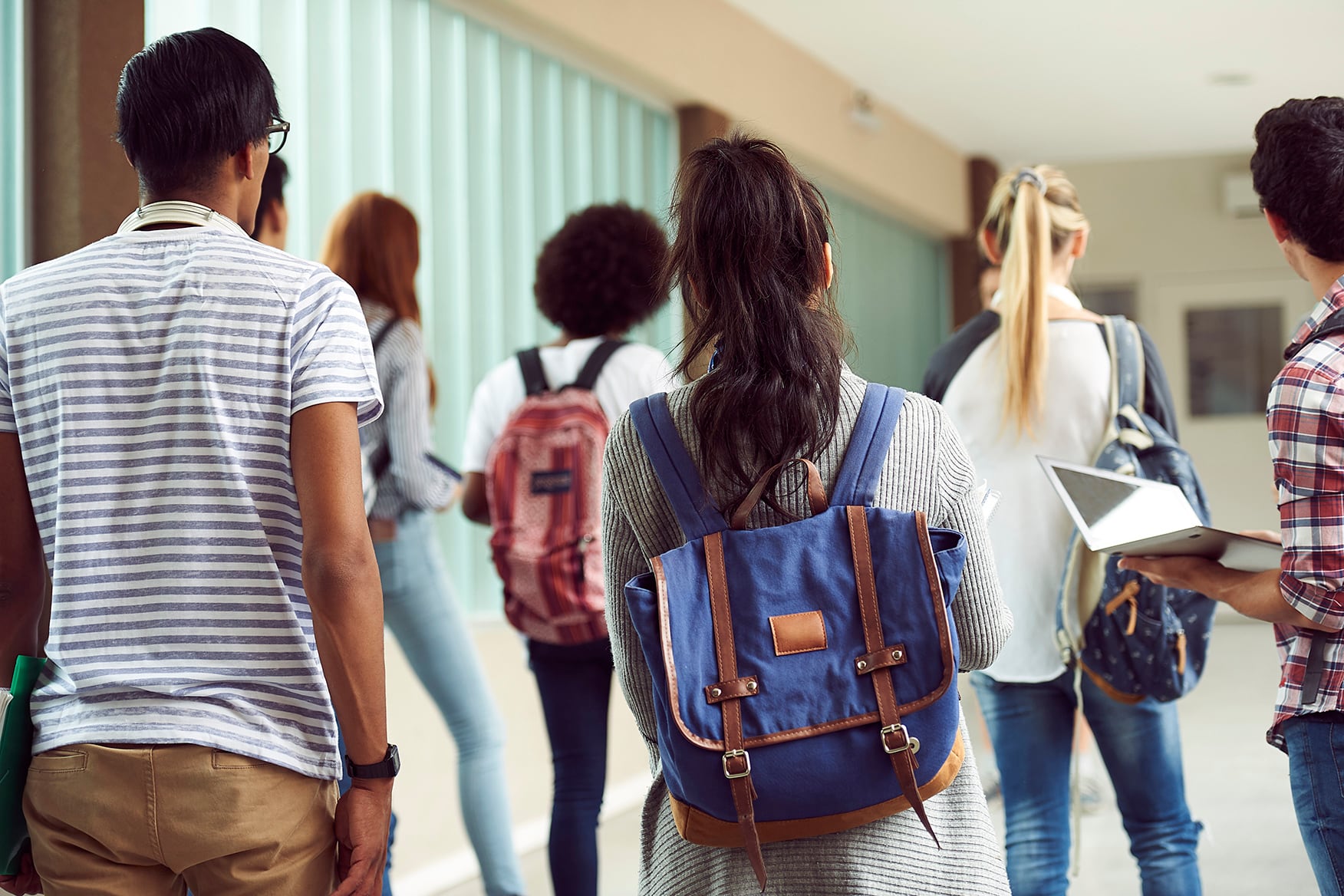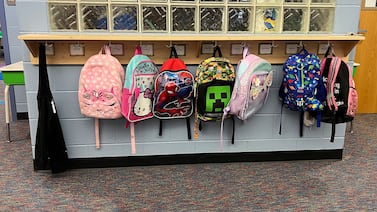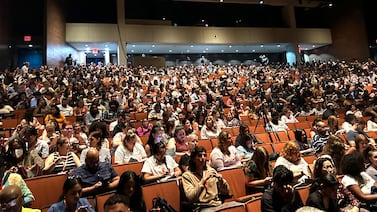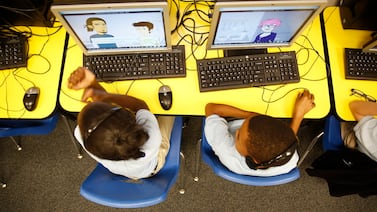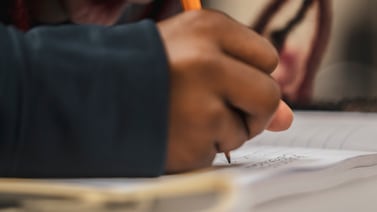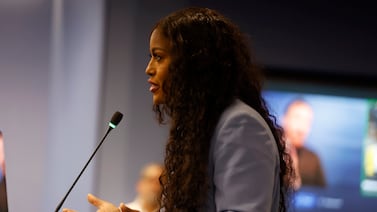Sign up for Chalkbeat New York’s free daily newsletter to keep up with NYC’s public schools.
New York City has won $30 million in federal funding to create six magnet high schools across Manhattan and the Bronx, Education Department officials announced Friday.
Over the next five years, the city’s goal is to create an “innovative, theme-based program that provides college access, rigorous instruction, and enrichment activities” at six existing schools in hopes of attracting a more diverse group of students, according to the department’s two grant applications for the U.S. Department of Education’s Magnet Schools Assistance Program.
Three schools in the Bronx — the Laboratory School of Finance and Technology, the High School for Teaching and the Professions, and the Bronx High School for the Visual Arts — will be turned into magnet schools and serve about 1,800 students in grades 6-12. The schools are in districts that span the Eastchester, Kingsbridge, Jerome Park, Van Nest, and Hunts Point neighborhoods of the Bronx.
The three Manhattan schools that will become magnet schools are Esperanza Preparatory Academy, City College Academy of the Arts, and Jacqueline Kennedy Onassis High School. The goal is to eventually attract about 1,725 students in grades 6-12 to the schools, whose districts span the Upper East Side, Chelsea, East Harlem, Washington Heights, and Inwood.
City officials claim it’s the first time they’ve been awarded such grants for high school.
Both applications say the aim is to reduce “isolation among Hispanic students” by “attracting a more racially diverse population through unique thematic programs which offer early college access coupled with career pathways and a strategic, aggressive, and targeted approach to outreach and recruitment.” At City College Academy of the Arts, for example, 95% of its students are Hispanic, according to public data; at the Laboratory School of Finance and Technology, 81% are.
New York City has previously been awarded federal magnet grants for elementary and middle schools, but the outcomes haven’t always worked out according to plan. Queens parent Amanda Vender wrote about how a federal magnet grant aimed at integrating her son’s Jackson Heights middle school couldn’t contend with various systemic obstacles, including enrollment-related issues capping students who lived outside of its zone.
Sean Corcoran, an education professor at Vanderbilt University who has long studied New York City’s high school admissions, pointed out that as early as 1992, there’s a study that references career magnet high school programs, though it appears the city didn’t call them magnet schools back then.
Regardless, in some ways, many high schools in the city have actually been “magnets” for decades, Corcoran said.
“What differentiates magnet schools nationally is that they are schools of choice and have a specialized curriculum, such as a theme or career focus,” he wrote in an email. “NYC has universal high school choice, and most of its high schools are themed. So, NYC has long been doing what other ‘magnet’ schools around the country were established to do.”
Magnet schools are “diverse by design,” he said, and began to appear in the 1970s and 1980s to curb white flight from large urban school districts.
“The evidence on whether they accomplished this is mixed, but the principle lives on,” he said. “NYC has also been experimenting with diversity in admissions policies which formalize what magnet schools have been doing for years. Taken together, I’m glad to see the city get federal recognition for its efforts to attract and retain a diverse student population in its high schools.”
Nyah Berg, executive director of New York Appleseed, an organization that advocates for integrated schools, said her organization was “generally encouraged” to see more funding devoted to encouraging diversity and desegregation.
“Magnet programming is an imperfect tool, and oftentimes its intention to mitigate the causes of segregation are lost to other goals or lack of strategies to further integrated learning environments,” Berg wrote in an email.
That, she said, is why leadership on the issue remains important.
“Many of my concerns lie in that our current leadership may not take this opportunity to truly couple their support for rigorous instruction and enrichment with the need to desegregate its public schools,” she said.
Julian Shen-Berro is a reporter covering New York City. Contact him at jshen-berro@chalkbeat.org.
Amy Zimmer is the bureau chief for Chalkbeat New York. Contact Amy at azimmer@chalkbeat.org.

